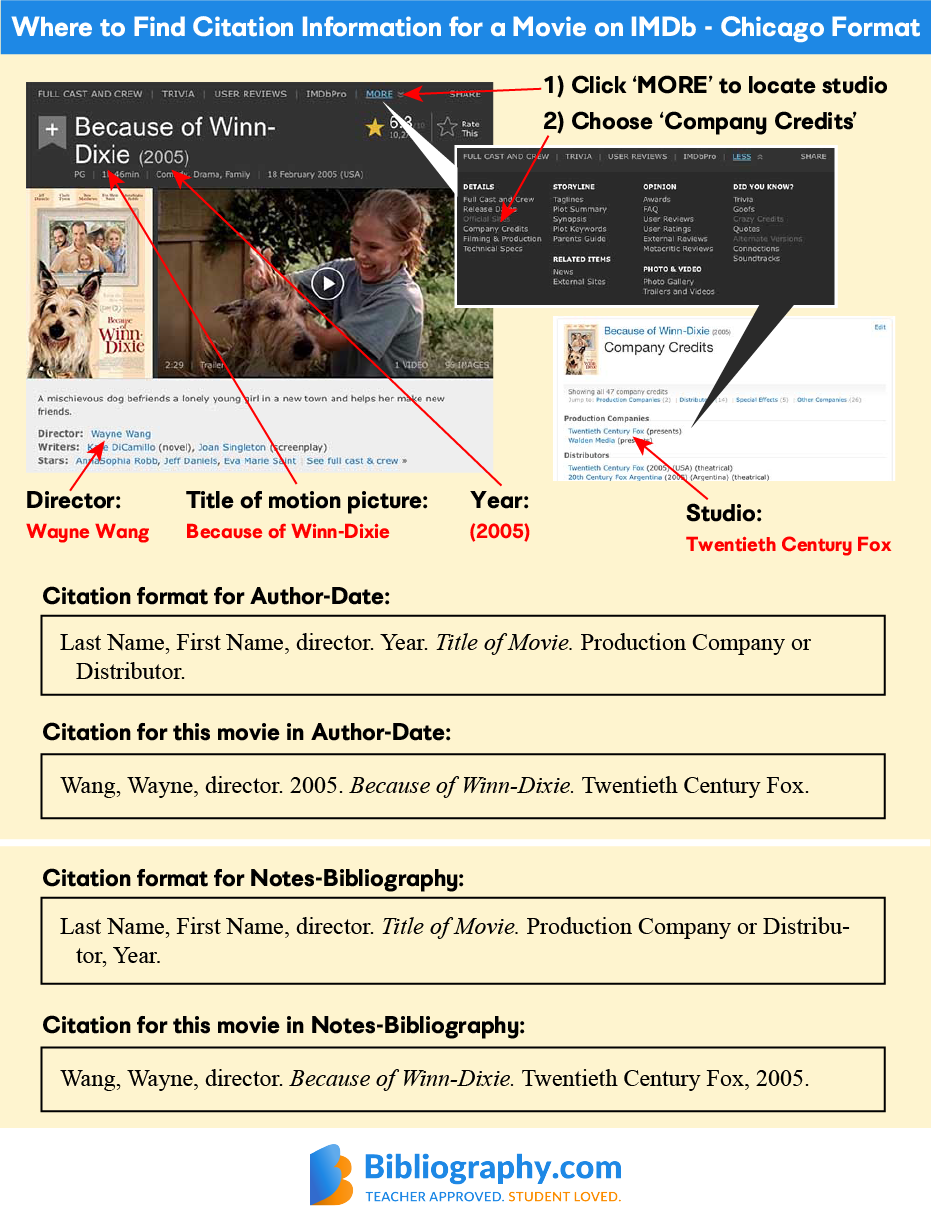


2”ĢFrom the chapters “Motive-Based Trust and Decision Acceptance” and “Societal Orientations: Legitimacy and Connections With Society” in Trust in the Law: Encouraging Public Cooperation With the Police and Courts, by Tom R.
:max_bytes(150000):strip_icc()/footnote-58b984b15f9b58af5c4b4abe.png)
Example 2 – Content Footnote: “The questionnaire (see Supplementary material 3) was comprised of 4 parts: student perception regarding content of nutrition education duration of time spent on nutrition education preferred education approach to nutrition and demographics.”ģSupplementary data are available on the journal Web site ) or may be purchased from the Depository of Unpublished Data, Document Delivery, CISTI, National Research Council Canada, Building M-55, 1200 Montreal Road, Ottawa, ON K1A 0R6, Canada.1 ”ġA new dietary ingredient is defined as dietary ingredients that were not marketed in the United States in a dietary supplement prior to October 15, 1994. Example 1 – Content Footnote: “Under the DSHEA (1994), dietary supplements no longer receive approval from the FDA before being marketed unless the supplement contains a new dietary ingredient.Let’s look at some examples of using footnotes in a sentence: Each footnote number should be formatted as a superscript, and should be situated after all punctuation marks excluding a long dash (-).

Indent the first line of each footnote five spaces from the left margin, and double-space the entire page. Avoid formatting the title with bold, italics, underlining, or quotation marks. If the footnotes are compiled on a separate page, the title “Footnotes” should be centered at the top of the page. Assembled altogether on a new page, following the References page(s).Listed at the bottom of the relevant page.How should footnotes be formatted?įootnotes may be displayed in one of two ways: Footnotes should briefly present the reader with meaningful information that enhances your argument. When applicable, incorporate additional information in the main text of the paper, but avoid inserting irrelevant material. It is recommended to refrain from extensive usage of footnotes as this practice may distract or confuse readers.
#Episode how to make a footnote manual#
Consult the APA Publication Manual (6th ed.) for more information about copyright permissions. Copyright Permission Footnotes: to cite adapted or reprinted materials in the paper, especially data sets, tables, and quotations that exceed 400 words.As content footnotes should be concise, avoid writing lengthy paragraphs or including extraneous information. Content Footnotes: to offer further information on a topic that is not directly related to the text.The APA suggests two instances in which footnotes may be used:


 0 kommentar(er)
0 kommentar(er)
